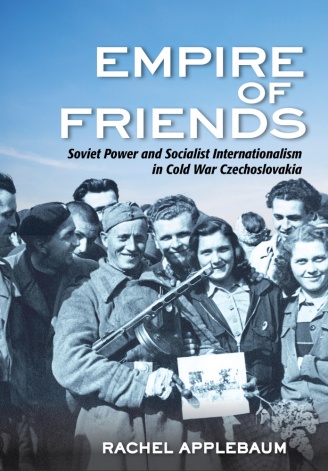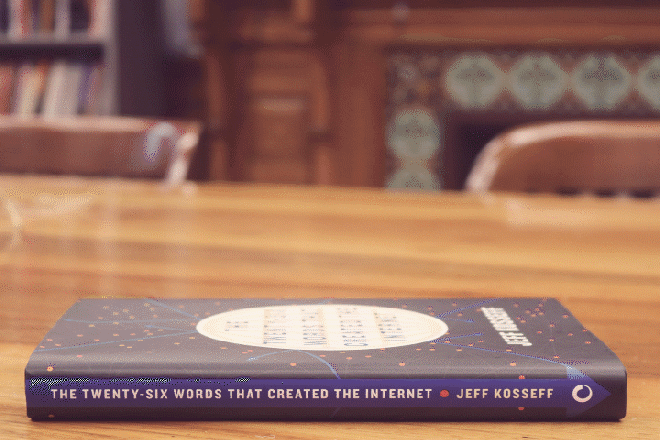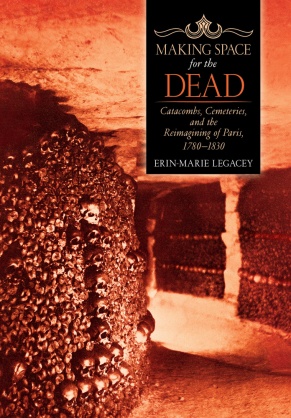Author Thomas W. Jones stopped by Sage House a few weeks ago to sign copies of From Willard Straight to Wall Street—purchasing more than 500 books for friends and colleagues. He inscribed a personal note in each book and paid to have them mailed.
This is who Tom Jones is. He diligently worked for eight hours to make sure his positive message for our country and the world would get to the people that mattered most to him. As he has done throughout his life, he was embracing the importance of the moment and his place in it.
Fifty years ago, Tom and a group of African-American students occupied Cornell University’s Willard Straight Hall with a cache of weapons. It was 1969 and one year and days after the assassination of Martin Luther King. A cross had been burned on campus (or near campus). African-Americans were dying in Vietnam. Cornell’s black studies curriculum wasn’t moving fast enough and the atrocities of slavery were being omitted from the classroom. These students felt intellectual oppression. During the days of the standoff on a radio show, Tom told the university, “Cornell has three hours to live.”
***
 I first met Tom in September of 2015 at the Statler Hotel on Cornell’s campus. His manuscript had arrived at the Press from former Cornell President Hunter R. Rawlings via our editor-in-chief Peter Potter. He was attending a meeting of the Cornell Board of Trustees.
I first met Tom in September of 2015 at the Statler Hotel on Cornell’s campus. His manuscript had arrived at the Press from former Cornell President Hunter R. Rawlings via our editor-in-chief Peter Potter. He was attending a meeting of the Cornell Board of Trustees.
The manuscript needed work but I couldn’t get the story out of my head—the shear humanity of it. This was a story only a university press could tell.
With a rifle on his shoulder, he was prepared to die for the idea of black history and culture finding its rightful place in the curriculum. He had wished his ancestors had made more progress in the fight against slavery.
“Death is not the worst thing that can happen to a person…The wheel of history…had turned; my generation were to be tasked with the obligation and destiny to finally draw the line and end our oppression in America.”
Those lines stuck with me. Tom had led an armed occupation of Willard Straight Hall in 1969 and had gone on to a successful career on Wall Street—where he rose to power and was exonerated twice from SEC investigations.
He watched the planes hit the buildings on September 11th and walked uptown out of the rubble, turning back to see a gaping hole of evil in the North Tower. He had no idea that those buildings were metaphor as he bore witness to the collapse of the banking industry at Citicorp eight years later.
“Every day something was happening in the late sixties—the assassinations of Martin Luther King, Robert F. Kennedy, the riots at the Democratic National Convention and Vietnam raging,” said Tom. “It was the same thing on Wall Street. Every day another scandal broke. In both cases, America was coming apart at the seams.”
Tom Jones is an American-made success story—he believes in education and hard work. His story transcends race and cliché. He enrolled in Cornell at sixteen and was elected freshman class president. He had joined ROTC also in his first year but quit because of the number of black men dying in Vietnam. The Straight occupation arose from a number of factors but at its core was an intellectual argument for dignity and respect in the academy.
He became the first black CEO and President of TIAA-CREFF and was handling the pensions of the professors he challenged. He was unceremoniously walked out of Citicorp just before its demise and hit rock bottom. The spiritual foundation cultivated throughout his life saved him.
***
I struggled to find the right methodology to provide feedback during that first meeting. Like the former revolutionary I was facing, I made a short list of demands for the manuscript. I went in with guns blazing as an editor and an author.
We had a title we both liked—”Rare Maverick”—but not much else. The financial story was largely told through press releases. That moniker was coined by a reporter.
Three full edits and two years later, I told Tom that we couldn’t move forward—that he wouldn’t want his story to be told this way. We suggested that a ghostwriter could do this.
Then Tom hired a miracle worker—Emily Sanders Hopkins. She was a friend of our managing editor Ange Romeo Hall. She became the medium between publisher and author—channeling the best parts of the story into an entertaining structure.
Emily filled in the manuscript with detail and atmosphere. Working with Emily changed Tom. The stories became so powerful in her hands that he now freely lets the emotions wash over him when recounting them.
The story for me became more about Tom’s transformation and his journey. From Willard Straight to Wall Street is the new title because it gives a sense of his life’s expansiveness—the skills he learned on the steps of the Straight prepared him for the trials of the financial industry. He was chosen to witness, to fight for his beliefs and to prevail.
This journey also turned Thomas W. Jones into a fine writer.

Dean Smith is the Director of Cornell University Press.
Upcoming events
April 16, 2019 at 6pm: Conversation with the Author: Thomas W. Jones ’69
April 24, 2019 at 8pm: From Willard Straight to Wall Street and Back: An Evening with Tom Jones ’69
You can find more information on the 50th Anniversary of the Willard Straight Hall Occupation of 1969, here.






 My new book,
My new book, 
 In the wave of stories on the recent jobs report, much of the mainstream media, with its institutional eye on upscale readers and viewers, has again miserably failed to account for the condition of America’s vast working class majority. As I explain in my new book,
In the wave of stories on the recent jobs report, much of the mainstream media, with its institutional eye on upscale readers and viewers, has again miserably failed to account for the condition of America’s vast working class majority. As I explain in my new book,  In her new book,
In her new book,  The most newsworthy example is the way he talks about his experience as a gay man. To conservative Christians who think that homosexuality is a choice, he challenges them using their language: “If you have a problem with who I am, your problem is not with me. Your quarrel, sir, is with my creator.” About his marriage to his husband, Chasten, he says it has moved him “closer to God.”
The most newsworthy example is the way he talks about his experience as a gay man. To conservative Christians who think that homosexuality is a choice, he challenges them using their language: “If you have a problem with who I am, your problem is not with me. Your quarrel, sir, is with my creator.” About his marriage to his husband, Chasten, he says it has moved him “closer to God.”
 I first met Tom in September of 2015 at the Statler Hotel on Cornell’s campus. His manuscript had arrived at the Press from former Cornell President Hunter R. Rawlings via our editor-in-chief Peter Potter. He was attending a meeting of the Cornell Board of Trustees.
I first met Tom in September of 2015 at the Statler Hotel on Cornell’s campus. His manuscript had arrived at the Press from former Cornell President Hunter R. Rawlings via our editor-in-chief Peter Potter. He was attending a meeting of the Cornell Board of Trustees.
You must be logged in to post a comment.